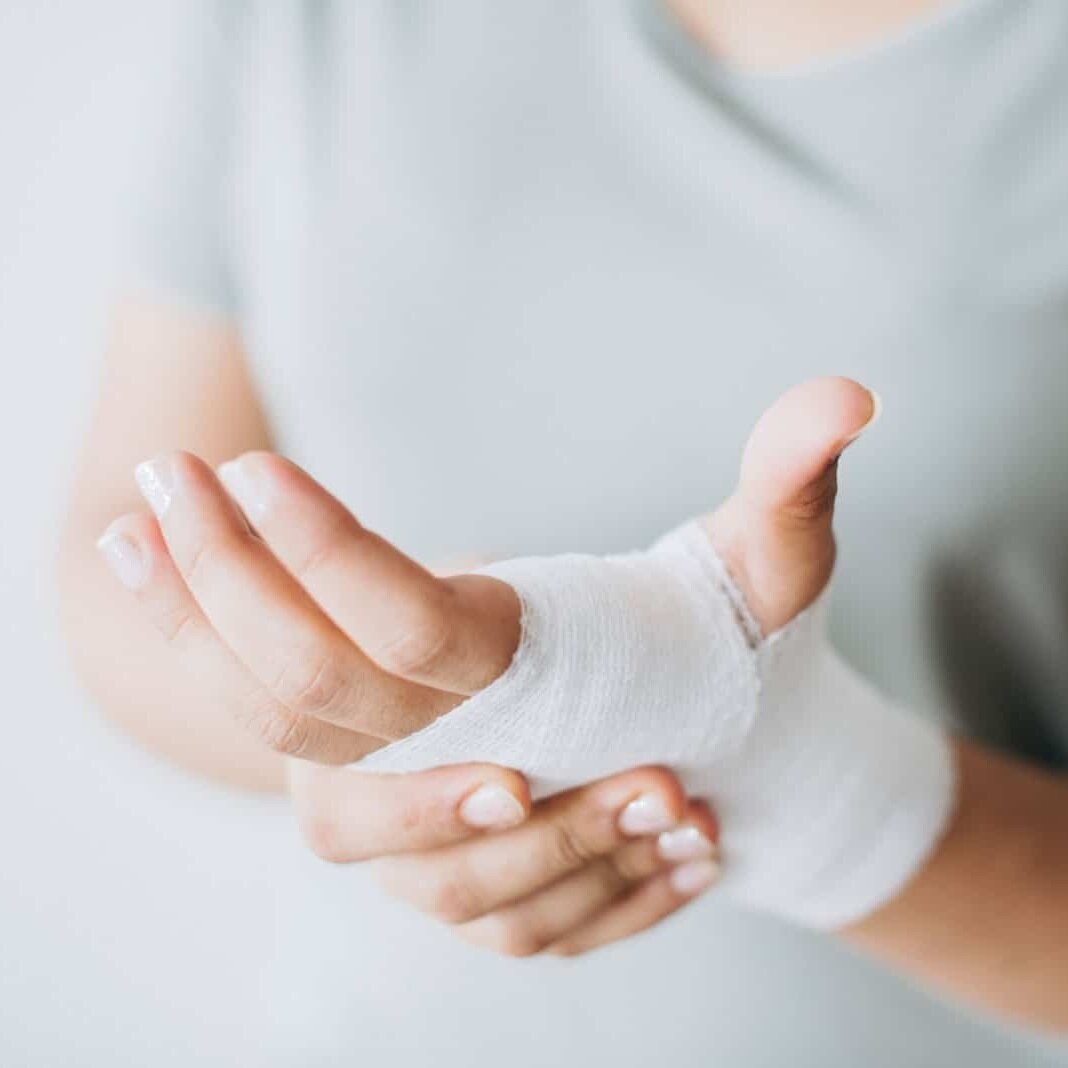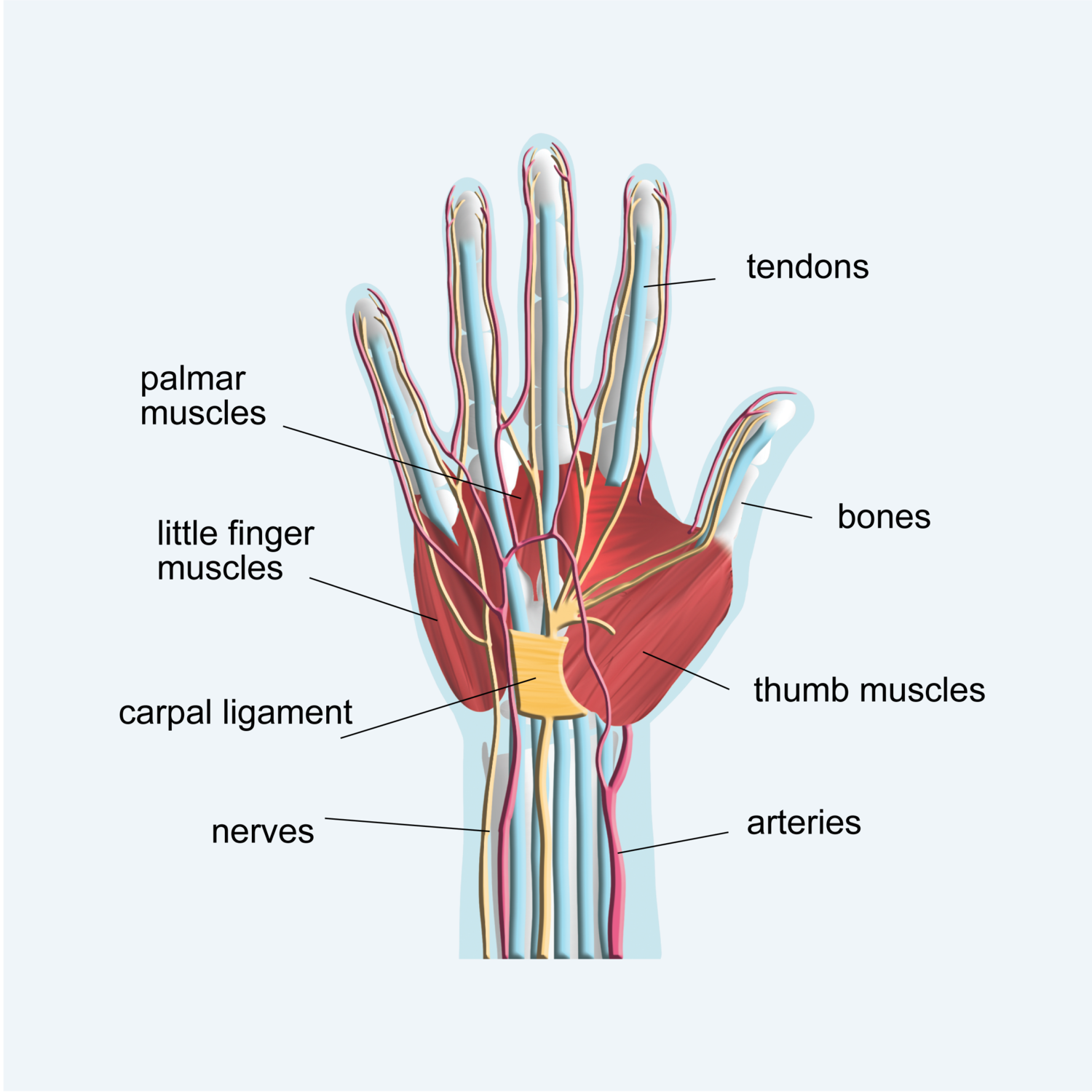The Hand & Wrist

The hand allows us to perform daily tasks and is incredible at minute intricate movements. Unfortunately, the hand is one of the most commonly injured joints during everyday falls and repetitive use injuries. As this joint is used so frequently, injuries to the hand can be quite noticeable during everyday living and thus are important to treat promptly.
If you’re experiencing hand or wrist pain, call one of the offices in San Francisco or book an appointment online to get started.
Hand Anatomy
The hand and wrist incorporate many structures and smaller joints that seamlessly work together to create motion. The wrist joint is a hinge joint that includes the forearm bones called the radius and ulna and many of the smaller carpal bones in the wrist. There are many other bones called the metacarpals and phalanges that compromise your hand and fingers. Lastly, there are a multitude of tendons that attach to your hand and fingers to allow for delicate movement. The median and ulnar nerve are the two major nerves that travel through the hand. The bones, tendons, and nerves function together to intricately create the movements of the hand and wrist.


What causes hand & wrist pain?
What causes hand & wrist pain?
There are many causes of hand and wrist pain. Commonly, fractures and tendon tears can occur from acute falls or injuries. As this joint is frequently used, chronic injuries such as tendonitis, carpal tunnel, and arthritis can also occur. Lastly, there are many nerve related conditions that occur in the neck and upper extremities that can present as hand pain. Proper evaluation by a professional is recommended to diagnose all hand and wrist pain.
Treatment
At Pacific Crest Orthopedics, we customize a treatment plan to meet your individual needs. In the wrist, some of the most common treatments can include different types of injections, the use of anti-inflammatories, physical therapy, and the use of a wrist brace.
Ephraim Dickinson, MD at Pacific Crest Orthopedics has extensive experience treating your hand and wrist pain and providing therapies to prevent future problems and to keep you active and healthy. If you have questions about your symptoms, call Pacific Crest Orthopedics in San Francisco or use the online booking tool to schedule an appointment today.

Real Stories, Real Recovery.



